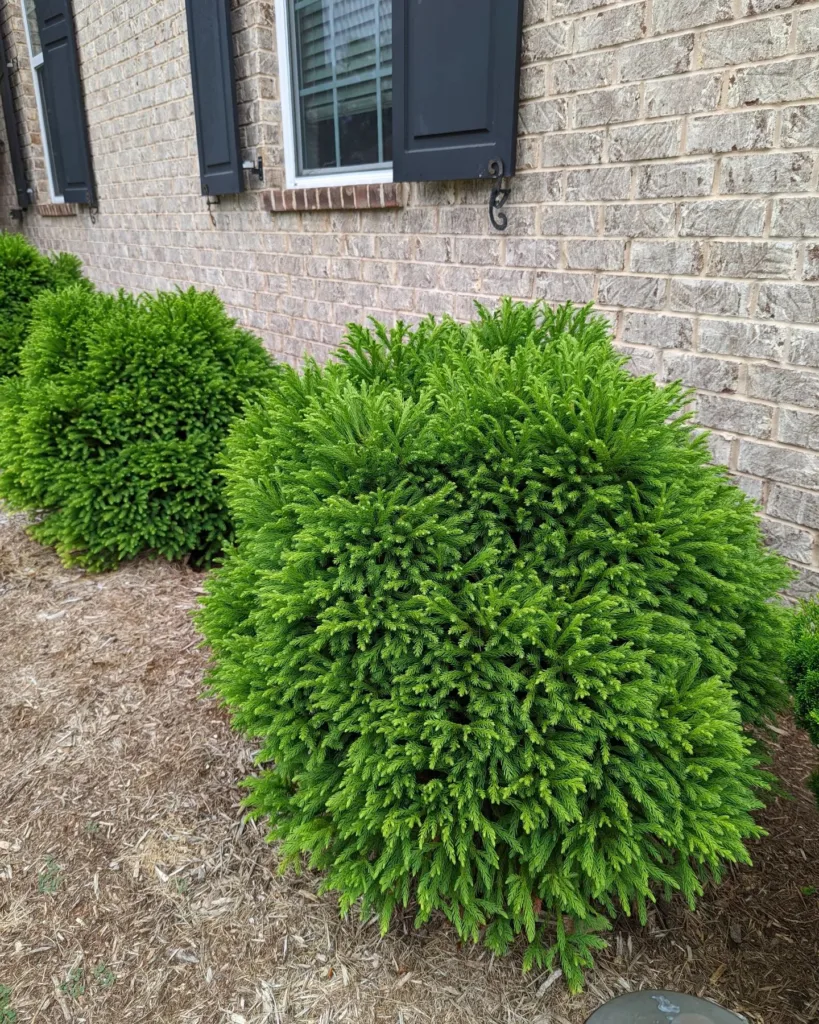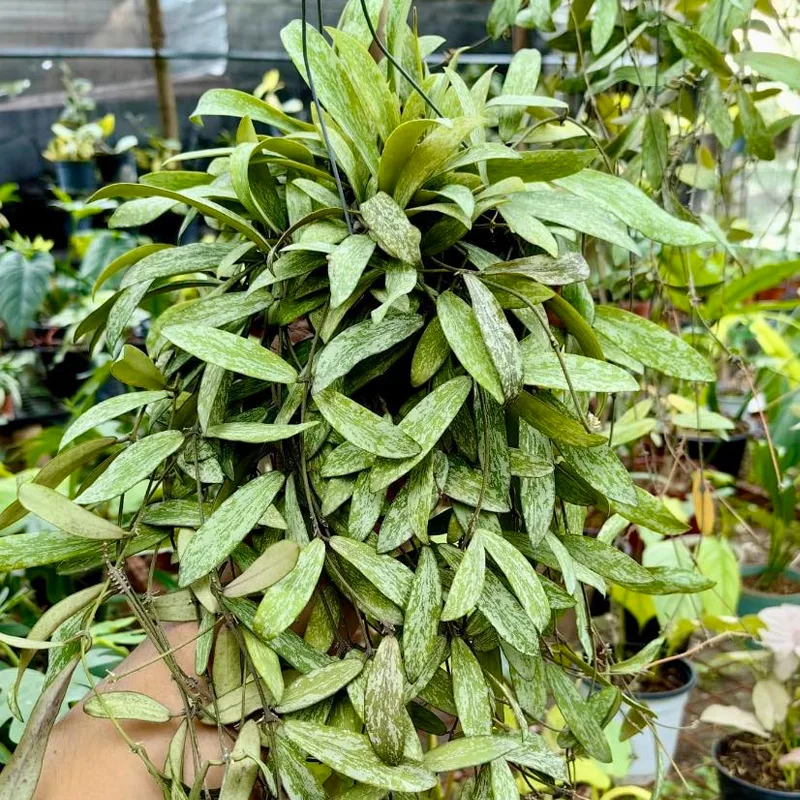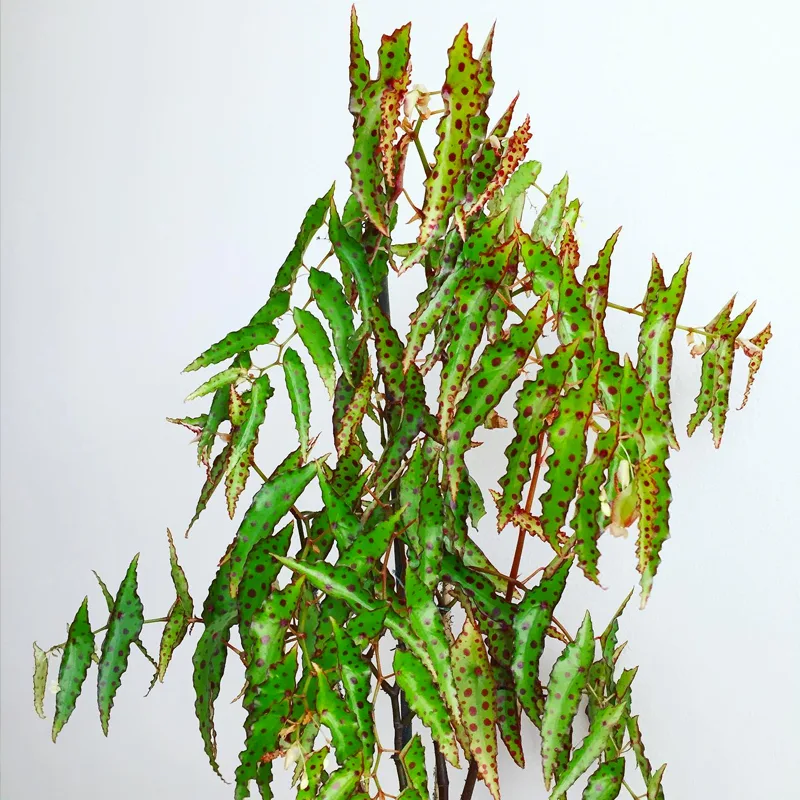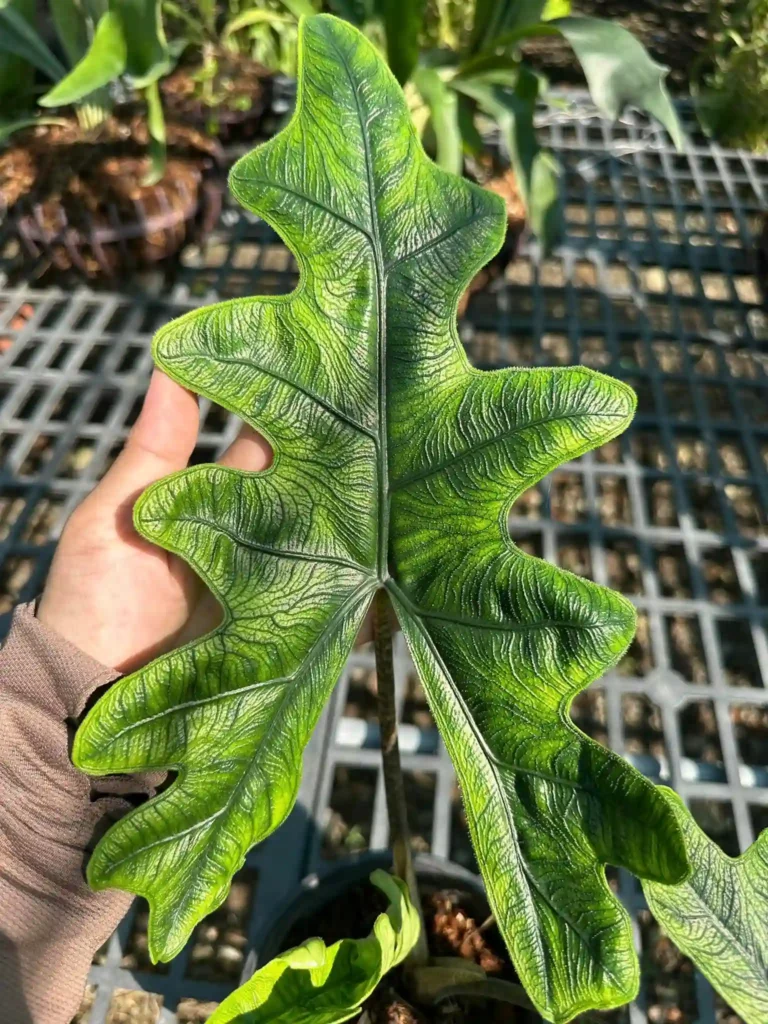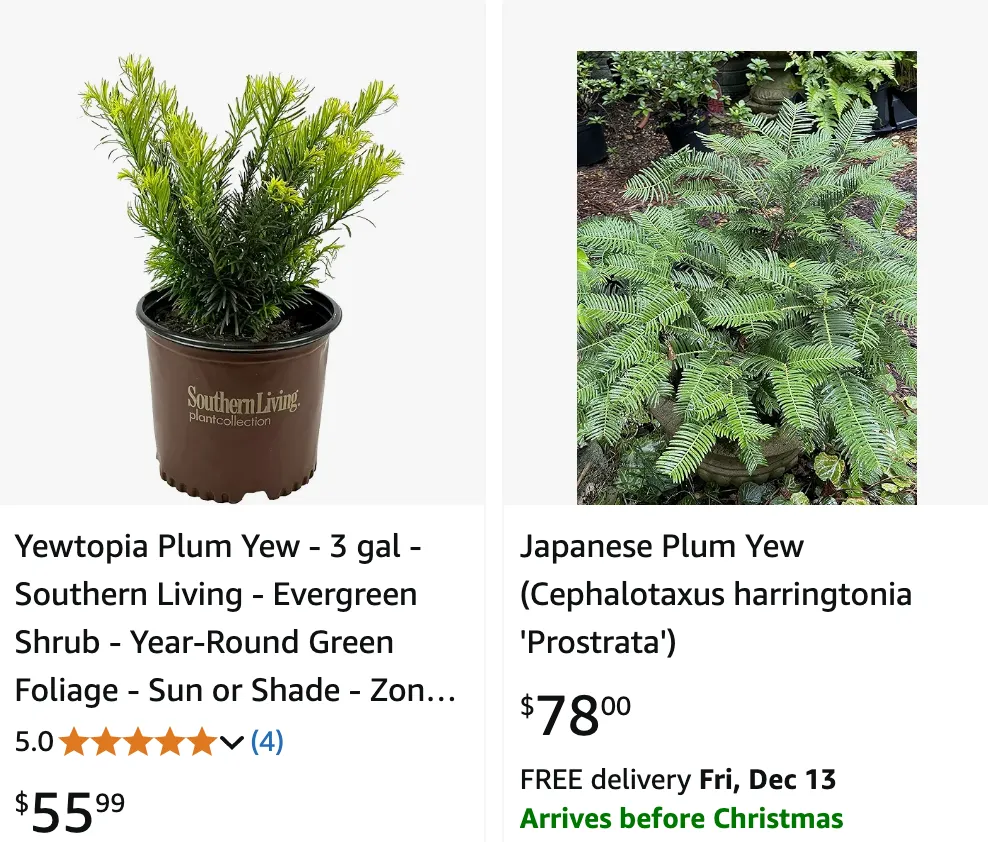
August 8 – Cephalotaxus
"Cephalotaxus, the plum yew, represents August 8."
Cephalotaxus symbolizes wisdom and stability. You have a deep, grounded nature that provides strength to those around you. Like this evergreen, your presence is enduring and steadfast.
Exploring the Cephalotaxaceae Family: A Personal Journey
When I first stumbled upon the Cephalotaxaceae family, I was intrigued by its uniqueness among conifers. This family is relatively small but has a fascinating story that has captured my attention. It mainly consists of the genus Cephalotaxus, known for its distinctive characteristics and ecological importance.
A Brief Overview of Cephalotaxaceae
The Cephalotaxaceae family comprises coniferous trees and shrubs that thrive in various environments. These plants are primarily found in East Asia and are notable for their evergreen foliage. The genus Cephalotaxus, often called the plum yew, is the only member of this family, and it has several species that exhibit a range of growth habits and adaptations.
Characteristics of Cephalotaxus
One of the most striking features of Cephalotaxus is its leaves. The foliage is typically dark green, needle-like, and arranged spirally around the stem. I have always found the appearance of these leaves to be quite appealing. They have a smooth texture, which makes them visually distinctive compared to other conifers. The plants can vary in size from low-growing shrubs to larger trees, depending on the species and environmental conditions.
Another interesting aspect of Cephalotaxus is its reproductive structures. These plants are dioecious, meaning that individual plants are either male or female. The male plants produce small cones that release pollen, while the female plants develop fleshy, berry-like structures that contain seeds. I remember the first time I saw these bright, red seeds; they added a pop of color to the otherwise green landscape.
The Ecological Importance of Cephalotaxus
Cephalotaxus species play a crucial role in their ecosystems. They provide habitat and food for various wildlife, including birds and small mammals. The seeds, with their fleshy coverings, are particularly attractive to birds, which help disperse them throughout the environment. This natural dispersal is vital for the growth of new plants and the overall health of the ecosystem.
In addition, the evergreen nature of Cephalotaxus allows it to maintain its foliage year-round. This characteristic makes it an important contributor to the habitat, especially in areas where other plants may lose their leaves during the winter months. I find it fascinating how these plants can provide shelter and food even in the harshest conditions.
Cultivation and Uses
Cultivating Cephalotaxus in gardens has become increasingly popular. I’ve seen them used as ornamental plants due to their unique foliage and adaptability. They can thrive in various soil types and are relatively low-maintenance, making them an attractive option for gardeners like me. Whether planted as hedges or specimen plants, Cephalotaxus adds a touch of elegance to any landscape.
Another reason for their popularity is their resistance to pests and diseases. This resilience makes them a favorite among gardeners who prefer plants that require less intervention. I appreciate that they can be used in landscape designs without the worry of constant care.
Cephalotaxus species
The genus Cephalotaxus comprises 11 recognized species, each with its own distinct characteristics and distribution:
- Cephalotaxus fortunei: Native to China, this species is known for its graceful, drooping branches and is often cultivated as an ornamental.
- Cephalotaxus griffithii: Found in the eastern Himalayas and parts of China, this species is characterized by its relatively broad leaves.
- Cephalotaxus hainanensis: This species is endemic to the island of Hainan in southern China.
- Cephalotaxus harringtonia: Native to Japan, this species is widely cultivated and boasts numerous cultivars with varying growth habits and foliage colors. Plant FAQs: Cephalotaxus Harringtonia – Plum Yew
- Cephalotaxus lanceolata: This species is native to China and is characterized by its lance-shaped leaves.
- Cephalotaxus latifolia: Also native to China, this species has broader leaves compared to other members of the genus.
- Cephalotaxus mannii: Found in the eastern Himalayas and parts of Southeast Asia, this species is known for its large, olive-like seeds.
- Cephalotaxus oliveri: This species is native to China and is characterized by its relatively small leaves.
- Cephalotaxus sinensis: This species is widespread in China and is known for its adaptability to various environmental conditions.
- Cephalotaxus taiwanensis: As the name suggests, this species is endemic to Taiwan.
- Cephalotaxus wilsoniana: This species is native to China and is characterized by its relatively narrow leaves.
Conclusion
My journey into the world of the Cephalotaxaceae family has been both enlightening and enjoyable. The Cephalotaxus genus stands out for its unique characteristics, ecological contributions, and aesthetic appeal. Whether you’re a seasoned gardener or just starting, I encourage you to explore these fascinating plants. They offer a unique blend of beauty and resilience that can enhance any landscape. Embracing the charm of Cephalotaxus has undoubtedly enriched my appreciation for the diversity of plant life.
If i die, water my plants!
